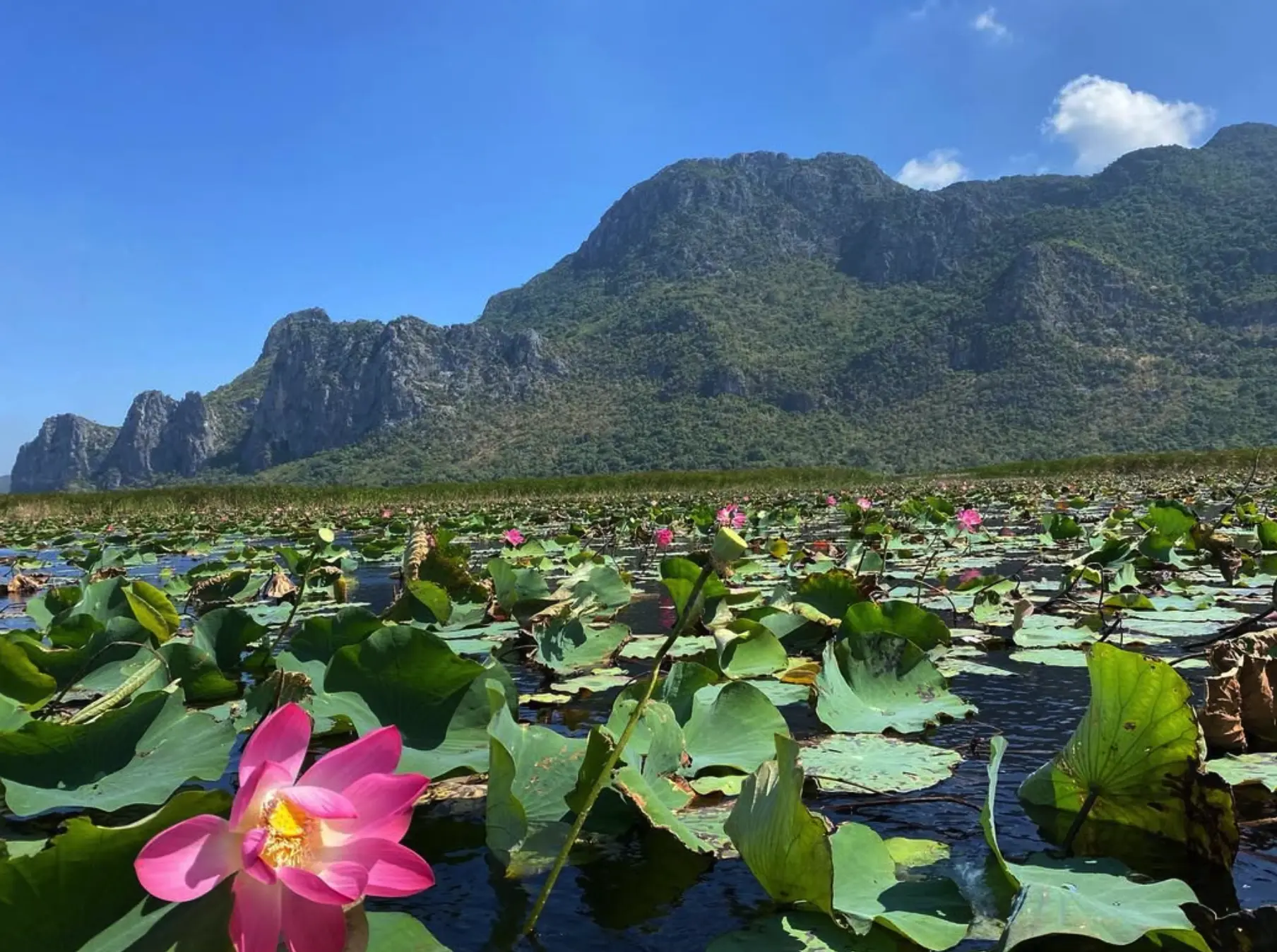Point Addis Marine National Park
Some parks show off with size; Point Addis Marine National Park wins hearts with personality. I’ve walked its sandstone cliffs, peered over rocky reefs, and watched the Southern Ocean pound against the bluffs in endless rhythm. Down below, marine life thrives — from wrasse darting through kelp to rays gliding over soft sandy beaches. Set along Victoria’s Surf Coast, between Anglesea and Bells Beach, it’s a spot where geology, sea and Aboriginal Traditional Owner heritage come together in spectacular harmony.
History — From Dreaming to Divers
Before wetsuits and surfboards arrived, this place was part of a bigger story. The Wadawurrung Nation (also called the Wathaurong people) have looked after this stretch of coastline for tens of thousands of years. Their connection to Point Addis headland is through Dreaming stories that explain how the land and sea came to be, from the cliffs shaped by wave action to the spirits dwelling in the reefs.
Shell middens hidden among native vegetation near the dunes show generations of seafood gatherings. Today, you can walk the Wadawurrung Cultural Walk, which follows a route once used for fishing and seasonal travel. Respect for Wadawurrung Country is at the heart of how Parks Victoria manages the area.
In 2002, Point Addis Marine National Park was added to Victoria’s Marine National Parks and Reserves network — created to protect fragile ecosystems from fishing, pollution and development. It’s now one of the state’s most important marine environments, attracting divers and marine biologists to study its complex ecology.
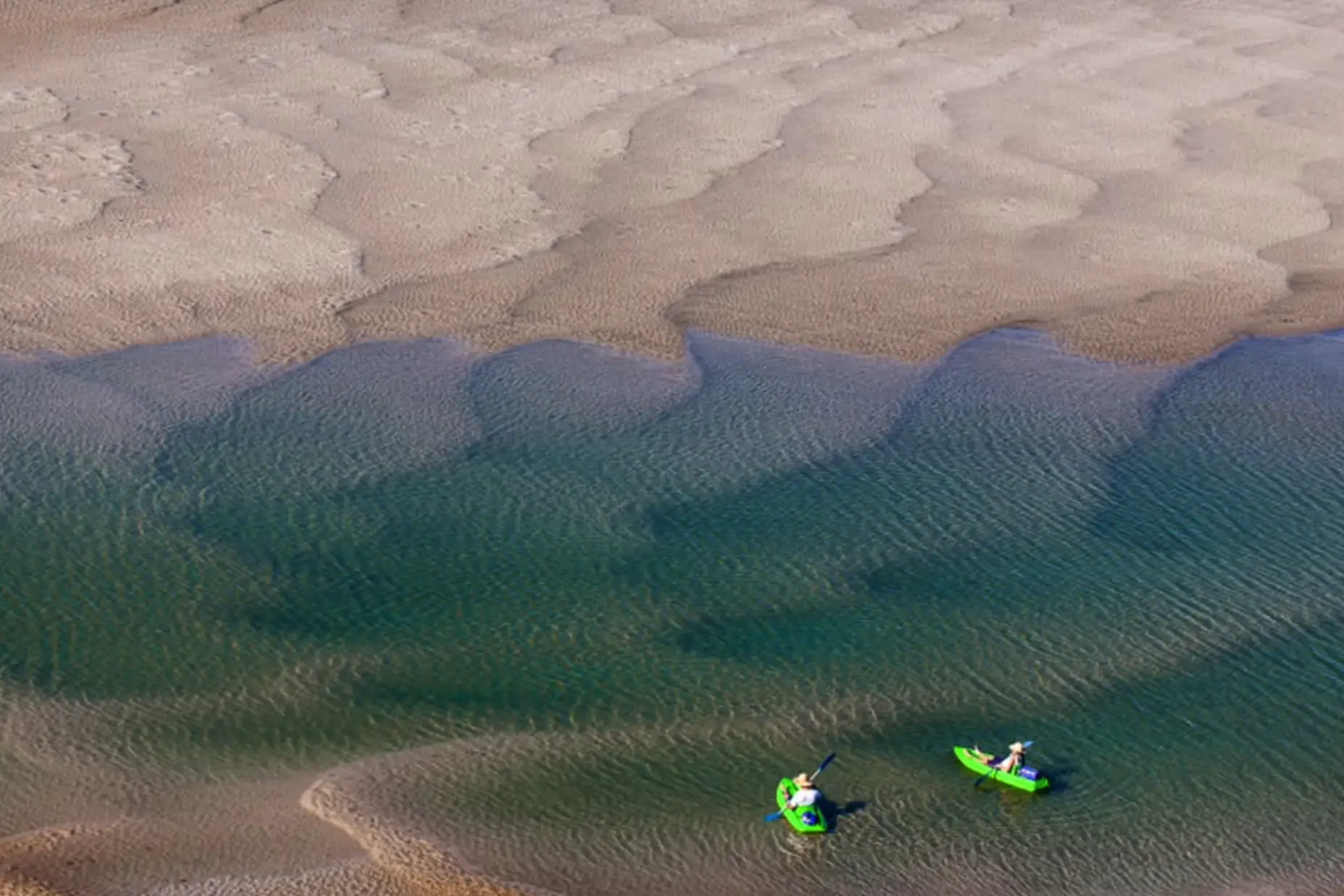
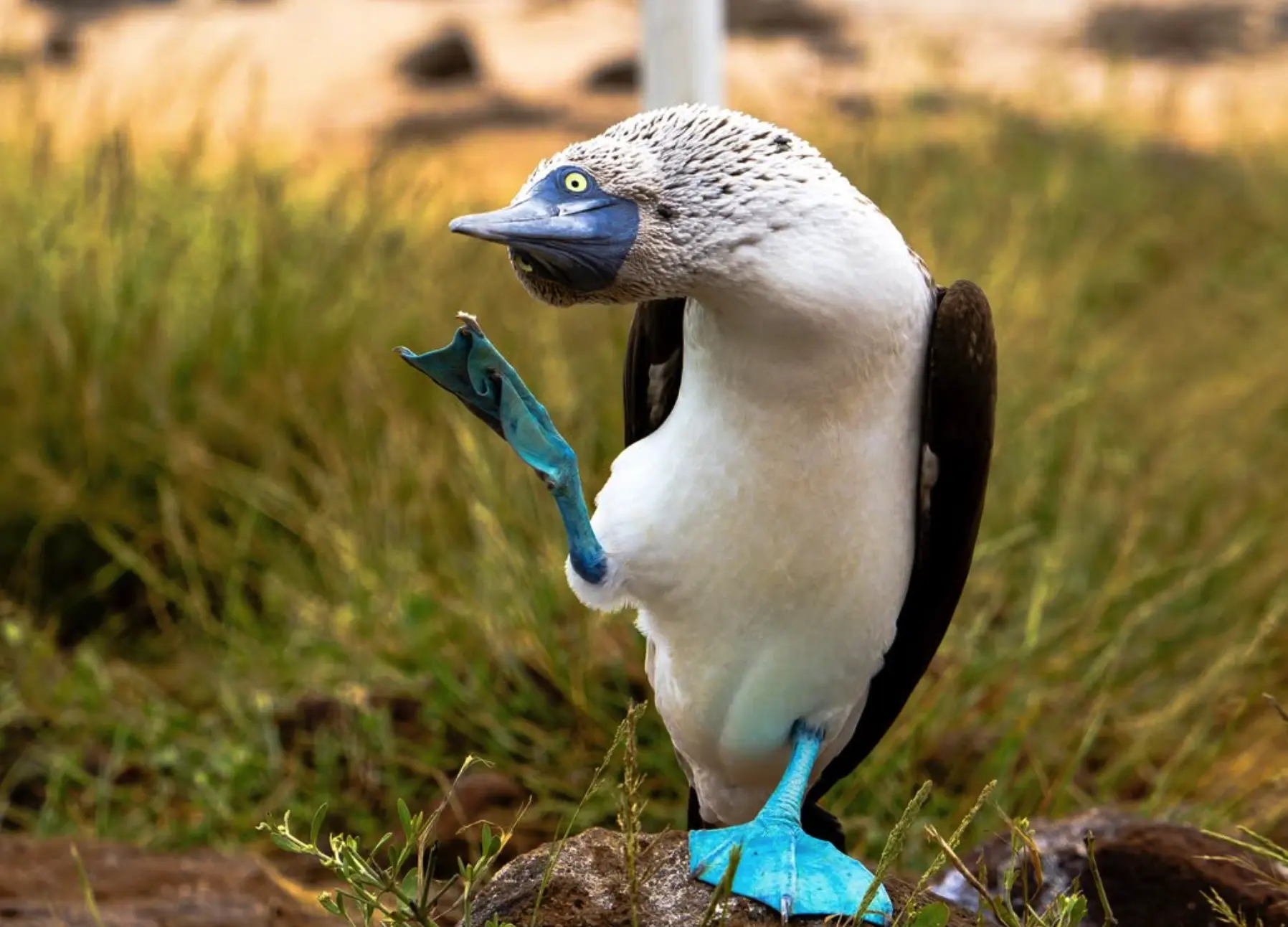
Natural Features — Cliffs, Caves and Kelp Forests
From above, the park looks wild and rugged — a jumble of sandstone cliffs, rocky platforms and sculpted caves along the Surf Coast. But below the surface, it’s a different world. In these subtidal waters, you’ll find limestone reefs, rhodolith beds, sponge gardens and forests of giant kelp.
All together these habitats make a marine biology laboratory — with over 300 species recorded by Parks Victoria, including algae, coralline red algae and rare invertebrates that only live in cold water.
Where Is the Marine National Park Located?
About 100 km south of Melbourne, the park runs along the coast between Anglesea and Bells Beach. You’ll find the main lookout off Point Addis Road, just a few km south of the Great Ocean Road turn-off. A small car park sits at the top of the bluff, with wooden boardwalks to panoramic views that’ll have you scanning for whales in seconds.
Getting here is easy — just follow the Surf Coast Highway out of Geelong, go through Torquay and keep an eye out for the brown Parks Victoria signs. The last bit of road winds through coastal heath thick with tea-tree and banksia; watch for wallabies at dusk.
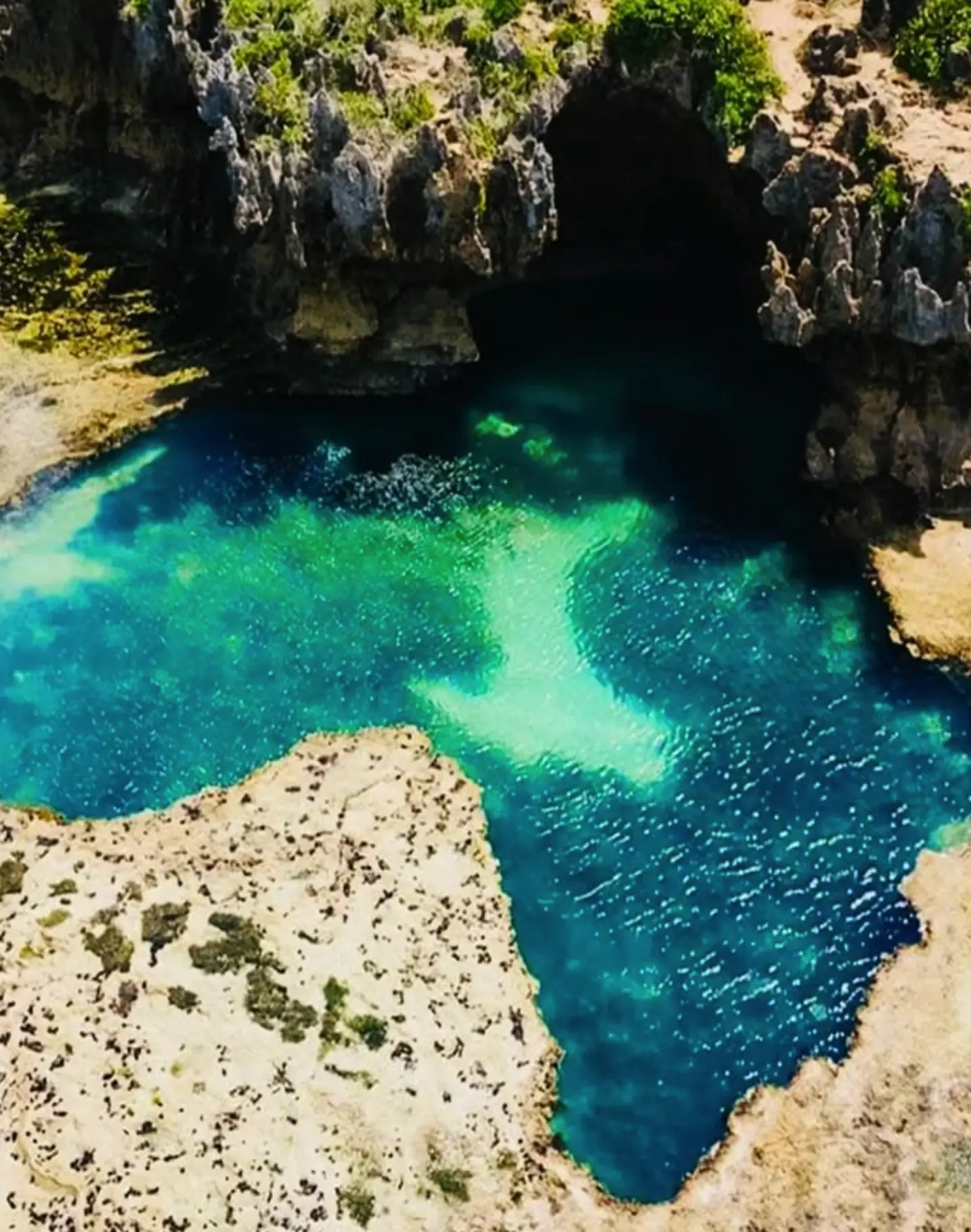
Meeting the Traditional Owners
Walking these tracks, you’re in Wadawurrung Country — where every rock, wind and tide carries a story and significance. The Aboriginal Traditional Owners have maintained a living relationship with this land for more than 40,000 years.
The Wadawurrung Cultural Walk, near the main lookout, explains this connection. Guided by interpretive signage and sometimes Elders, it’s a reminder this coast isn’t just scenic — it’s sacred.
The Wadawurrung Traditional Owners Aboriginal Corporation continue cultural and conservation work here, with their language and lore guiding modern park management. Visitors are asked to walk softly, observe and never disturb artefacts or middens — this is still an active cultural landscape, not a museum.
Coastal Walks Worth Your Boots
For those who like to earn their views, Point Addis delivers. The Surf Coast Walk goes right through the area, part of a 44km walk from Torquay to Aireys Inlet. Closer to home, the Addiscott Trail loops from the car park down to Point Addis Beach, with snapshots of coastal heathland alive with Pig Face blooms and wallabies.
If you have time, continue on the Great Ocean Walk to the Aire River West Campground, Maits Rest Carpark, and Sheoak Picnic Area in the Otways.
Quick facts:
- Footwear: Shale and sand can be slippery — wear proper boots.
- Water: None on track.
- Safety: Check Bushfire Safety in summer.
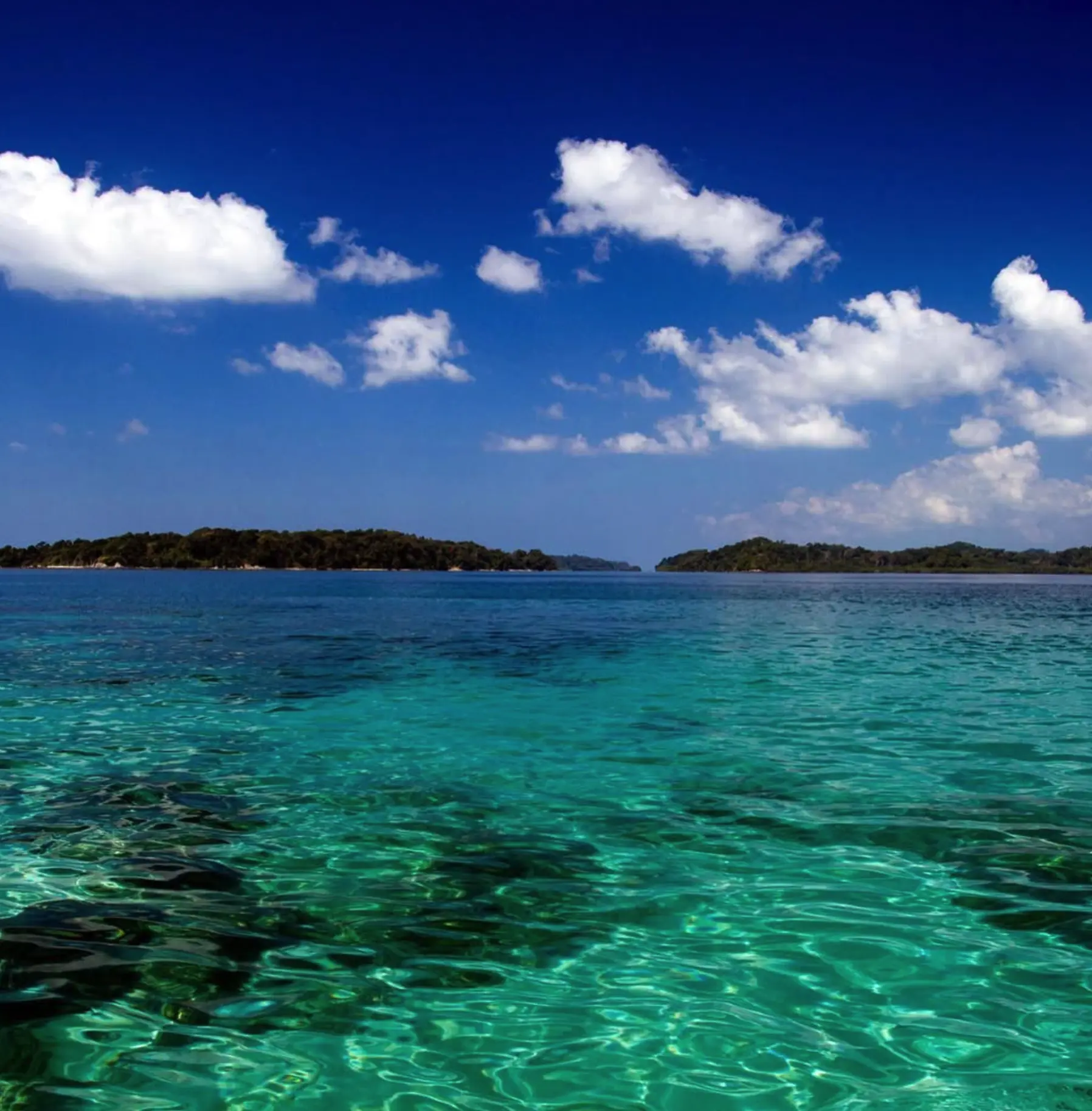
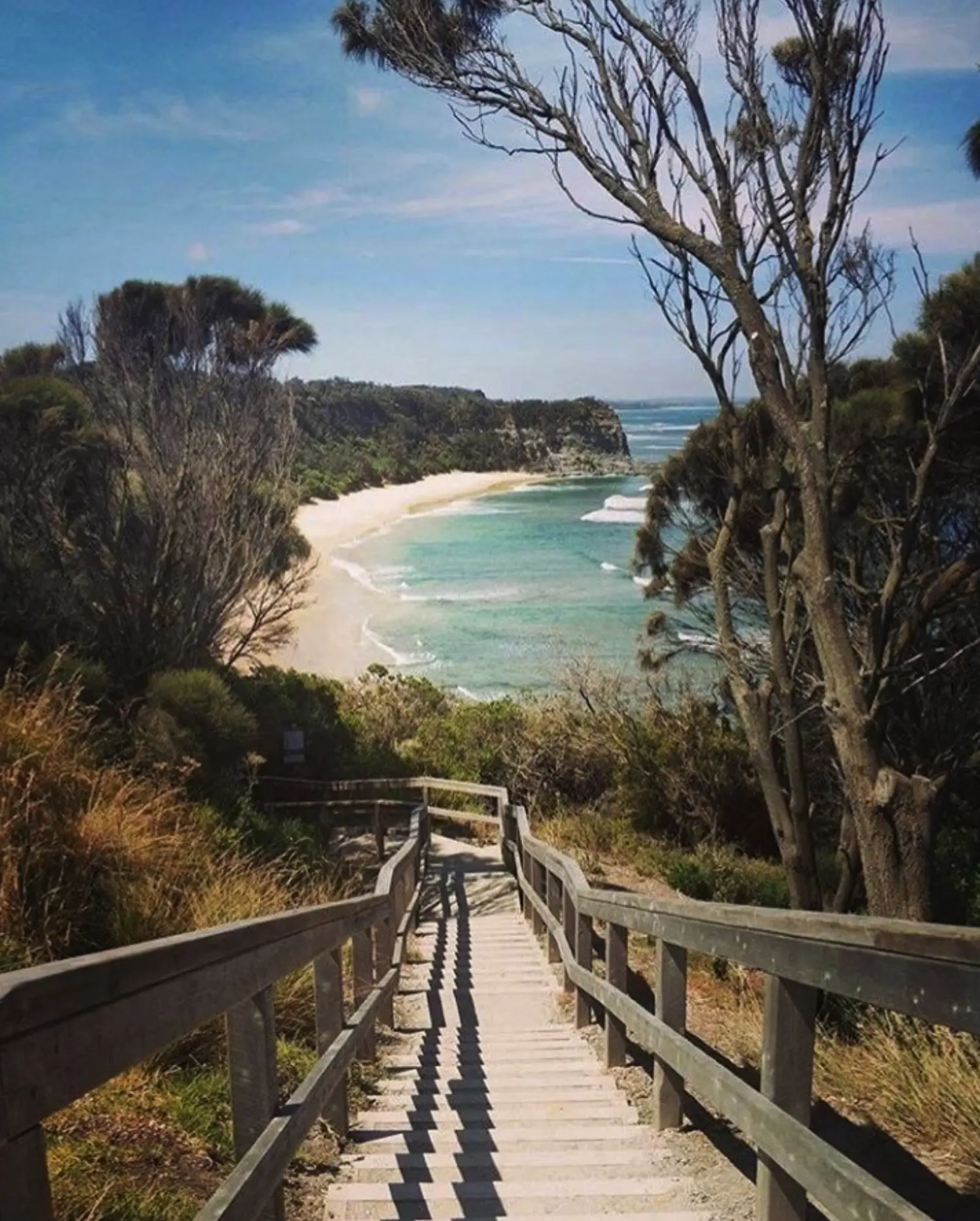
Surfing and Beach Life at Addis
Every surfer on the Surf Coast knows Addiscott – the local name for Point Addis Beach. It’s one of those spots that rewards local knowledge: the breaks change with the tides and swell, and you might have the place to yourself midweek.
Further east is Southside Beach, sometimes used as an overflow training area during the Rip Curl Pro at Bells Beach. The reefs here create perfect left-handers when the conditions are right — but remember these aren’t beginner waters.
No lifeguards patrol this section, so if you just want to dip your toes, head to Anglesea Main Beach, patrolled by Life Saving Victoria volunteers through summer.
Snorkelling and Marine Life — Under the Surface
Slide into the shallows at Point Addis Beach and you’ll enter an underwater maze of limestone reefs and rhodolith beds with sponges and seaweed gardens. Even in waist-deep water, you can see sea stars, blue-throated wrasse and sometimes a shy Port Jackson shark.
Further offshore SCUBA diving opens up deeper walls and ledges covered in coralline red algae and sponges. Guided snorkelling tours run from Anglesea and introduce visitors to the park’s marine ecosystem — part of the Otway Bioregion, known for its cold-temperate biodiversity.
This is one of the only places in Victoria where you might see Southern Right Whales, Blue Whales or even Killer Whales offshore during winter migration. Add Australian Fur Seals and Weedy Seadragons, and you have one of Australia’s richest marine communities in one bay.
Wildlife Watching — Whales to Wallabies
Point Addis proves you don’t have to sit still to wildlife-watch. From the clifftop lookout, you can see migrating whales between June and September, dolphins most of the year and fur seals basking on offshore rocks.
Above, Long-nosed Bandicoots run through the coastal heath, and rosellas and New Holland honeyeaters flit between the native veg patches. This is one of the most interesting marine and national park combos in the state.
Bring binoculars, patience and a good jacket — the Bass Strait winds will test your grip.
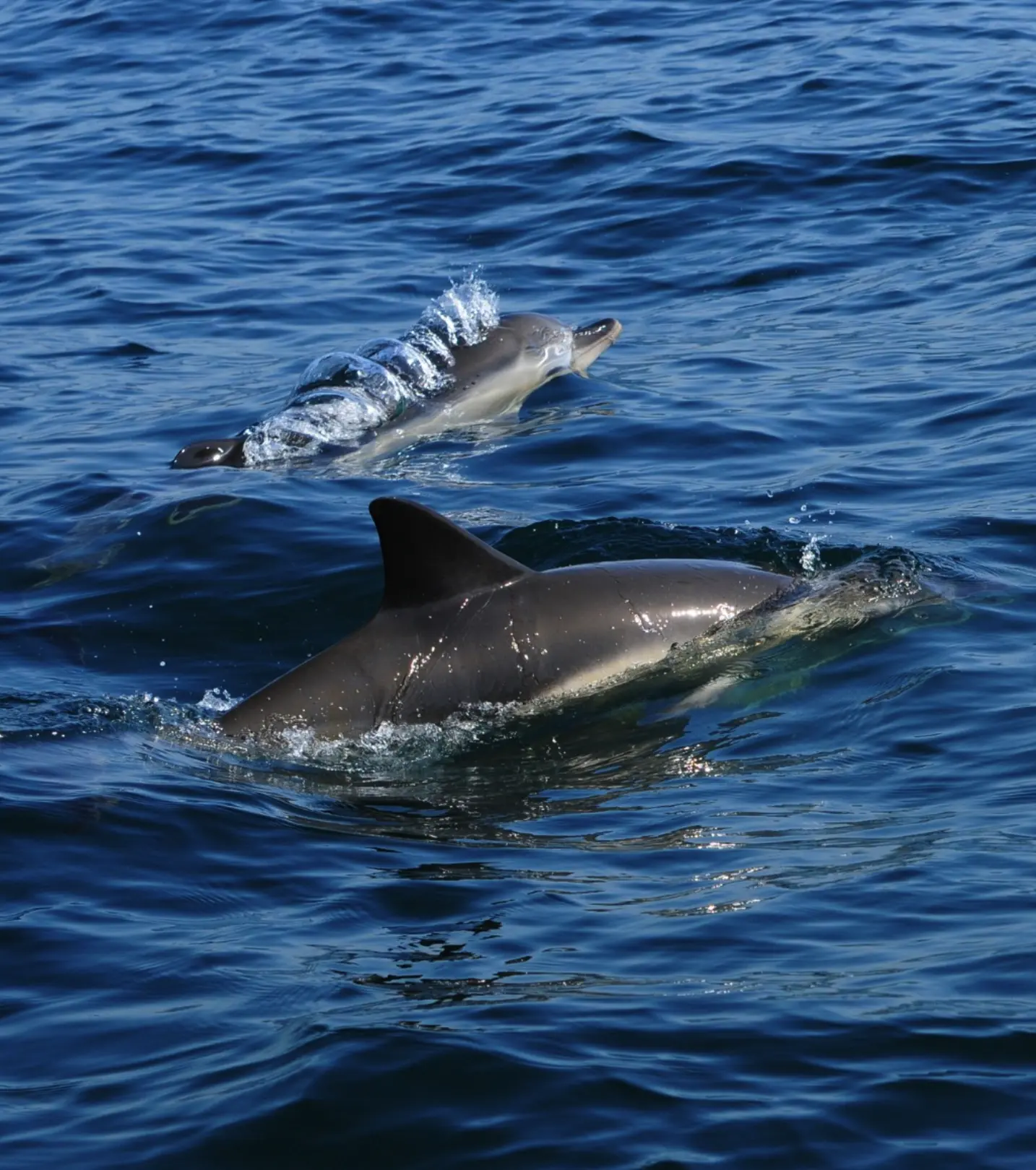

Climate and Seasonal Tips
The Surf Coast is a wild card. Summers are around 24°C, perfect for beach walks and light wetsuit dives. Winters drop to 13–15°C, with swells that will test even the most experienced surfers.
Best time to visit depends on what you’re after:
- November–April: calm seas, warm water for snorkelling.
- June–September: whale season.
- May–October: wild surf and quiet trails.
Accommodation Near the National Park
No tents allowed in the marine park, but plenty nearby. Here are a few good options:
- Anglesea Family Caravan Park — clean amenities, walking distance to cafes.
- Aire East Campground & Aire River West Campground — for those doing the Great Ocean Walk.
- Great Ocean Road Resort, Anglesea — comfort after a day in the salt.
- Private cottages near Point Addis headland — quiet stays with clifftop views.
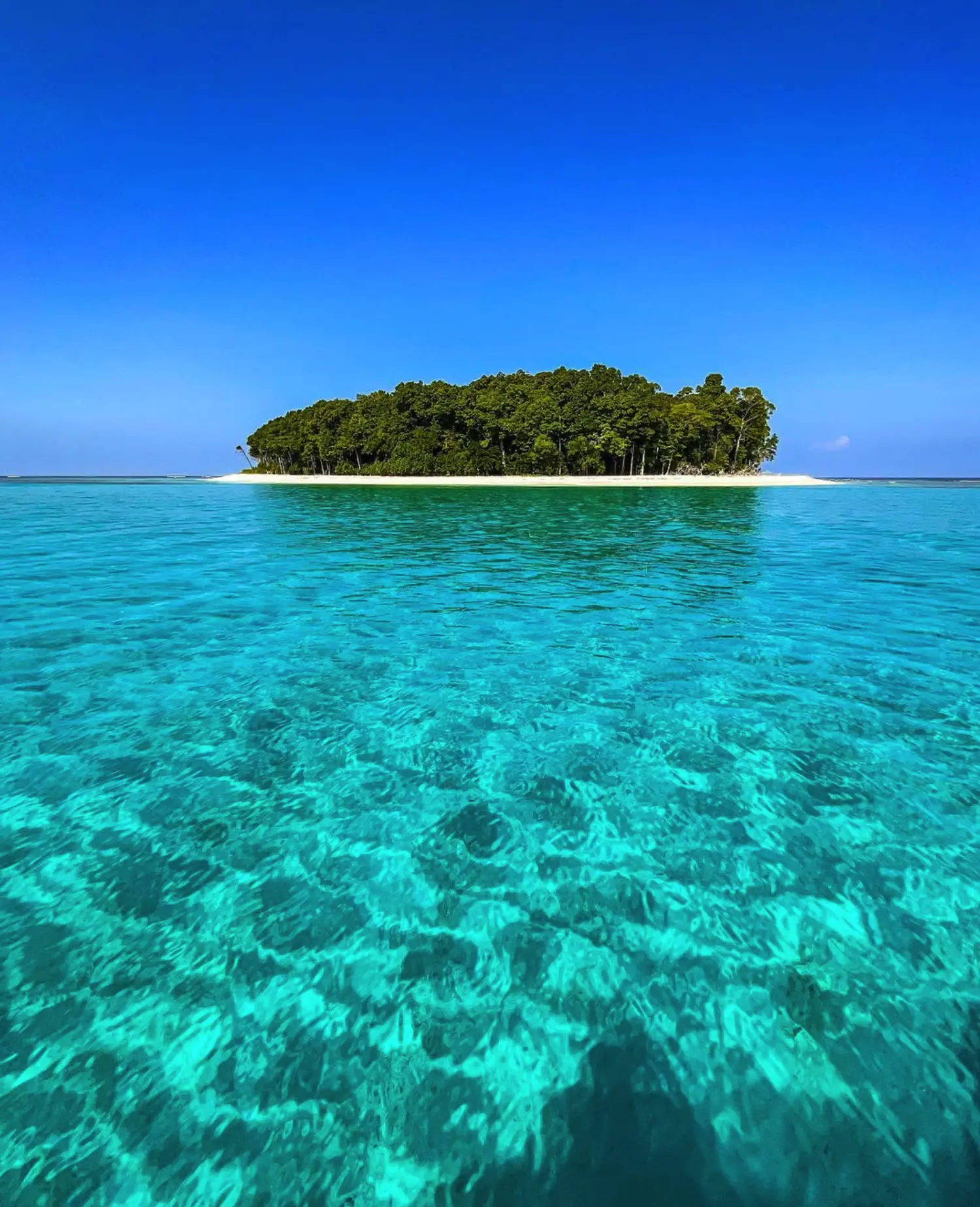
A Personal Yarn from the Trail
Years ago, I set out early one morning to photograph the sunrise from the Point Addis headland. The sky was pink, the cliffs were glowing like old stoneware, and a cold breeze from the Southern Ocean was carrying salt and seaweed scent.
Halfway down the steps, I met a local diver rinsing his gear. He’d just surfaced from the reef — eyes bright, grin wide. “Saw three rays, a blue groper and a weedy seadragon,” he said. “Best morning all week.”
That’s Point Addis for you. Whether you’re on the cliffs or under the swell, it’s not about ticking boxes — it’s about that spark between land and sea that keeps calling you back.
When you join one of our coastal day trips with Phillip Island Tours Australia or a longer itinerary, you’ll see why this coastline leaves a mark on every traveller — whether you’re chasing whales, photographing cliffs, or just breathing in that Southern Ocean air.
